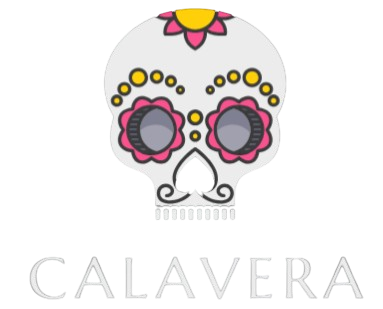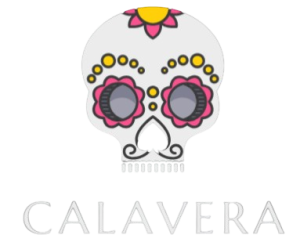November 1st and 2nd.
Bienvenidos a Calavera TV Donde la Cultura Vive
Calavera is never just a skull. It is a mirror of history, a playful poem, a sweet offering, a painting that laughs at death, and a reminder that our ancestors walk beside us.
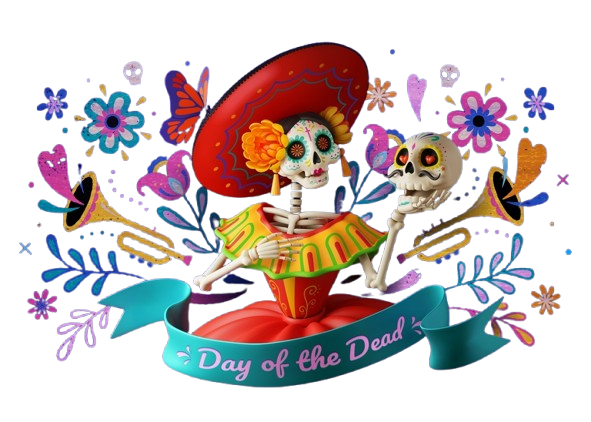

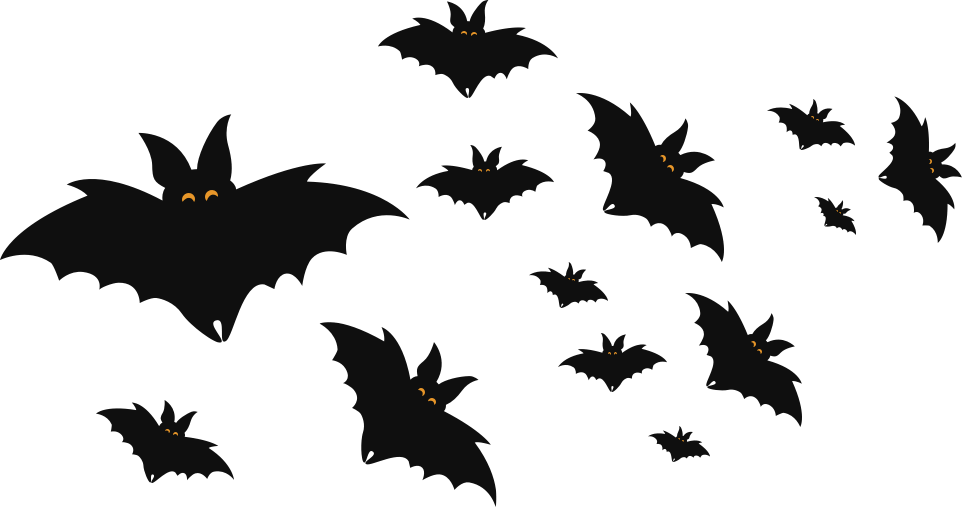

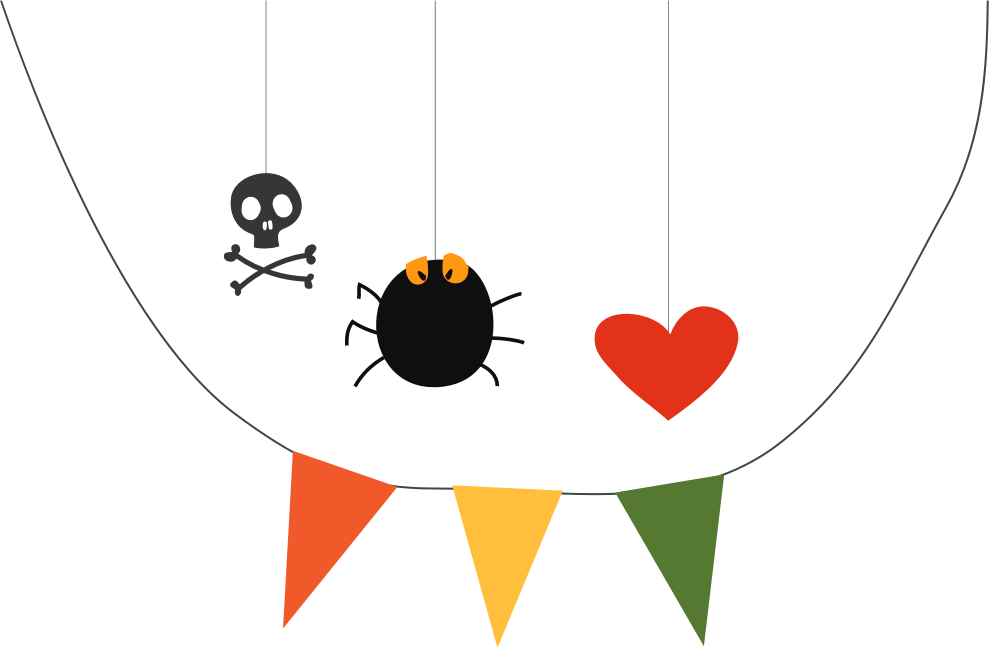
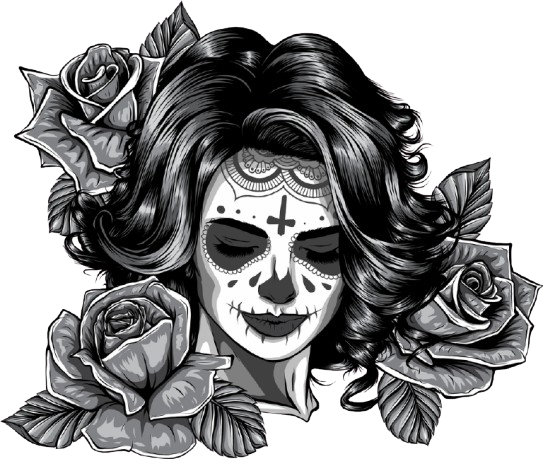
Ancient Symbol of Life and Death
The calavera’s roots go back to pre-Hispanic civilizations like the Mexica and Maya.
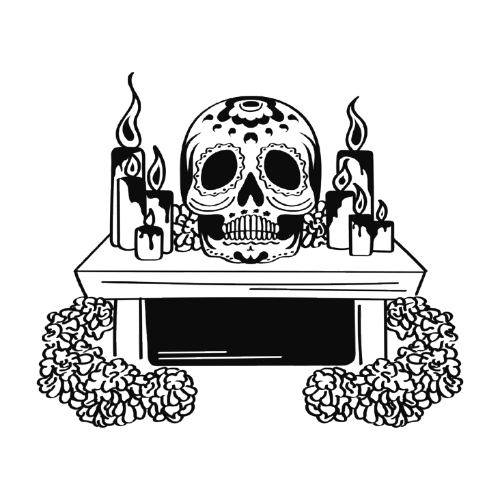
Fusion of Cultures
Indigenous rituals blended with Catholic traditions, and the calavera became central to Día de los Muertos

Satire and Resistance
La Catrina, and the playful calaveritas literarias mocked and reminded everyone of mortality’s equality.


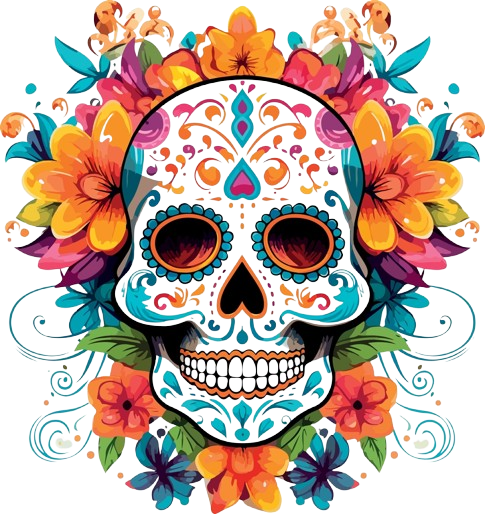
Living Cultural Icon
Today, calaveras transcend death imagery: they are painted on faces in festivals, carved into crafts, inked as tattoos.
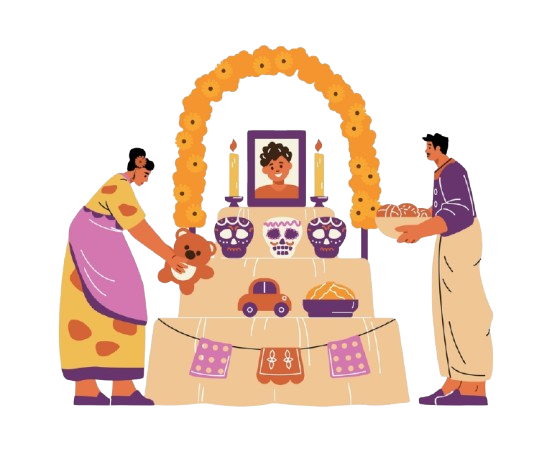
About the Calavera
Where Culture Comes Alive
The word Calavera means skull in Spanish, but in Mexican culture, it carries a much deeper meaning. Far from being a symbol of fear, the calavera represents life, death, memory, and celebration.
The origins of the calavera trace back to pre-Hispanic civilizations such as the Aztecs, Maya, and Mixtec, who used skull imagery in rituals, art, and offerings. Skulls were seen as symbols of the cycle of life — reminders of mortality, but also of rebirth and continuity.
When Spanish traditions blended with Indigenous beliefs, the calavera evolved into a central figure of Día de los Muertos (Day of the Dead), one of Mexico’s most cherished celebrations.





Our Tradition
Let the Party Begin!
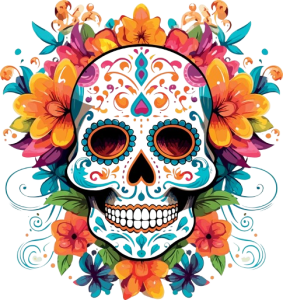
The Meaning of Calavera
Tell Stories of Tradition
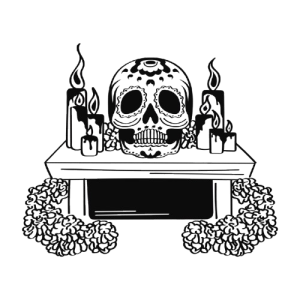
History & Origins
Keep Memory Alive
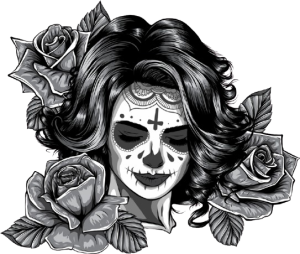
Literary Calaveras
Showcase Modern Creativity
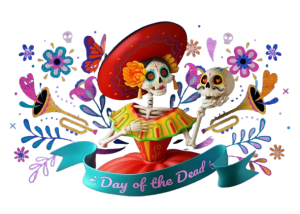
La Catrina – The Elegant Skull
Build a Cultural Community
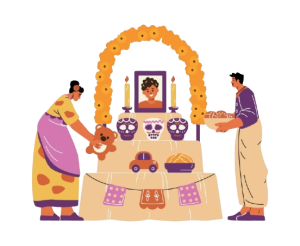
Modern Expressions
Modern Expressions
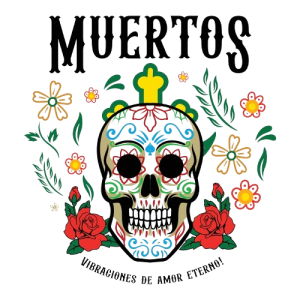
Celebrate with Calavera
Celebrate with Calavera
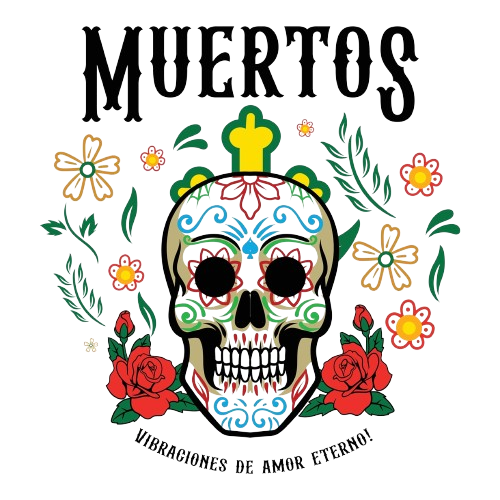
Scary Gift
Subscribe to our newsleter
